A Culinary Pilgrimage: Radhika’s Food Adventure in Uzbekistan with Thrillophilia
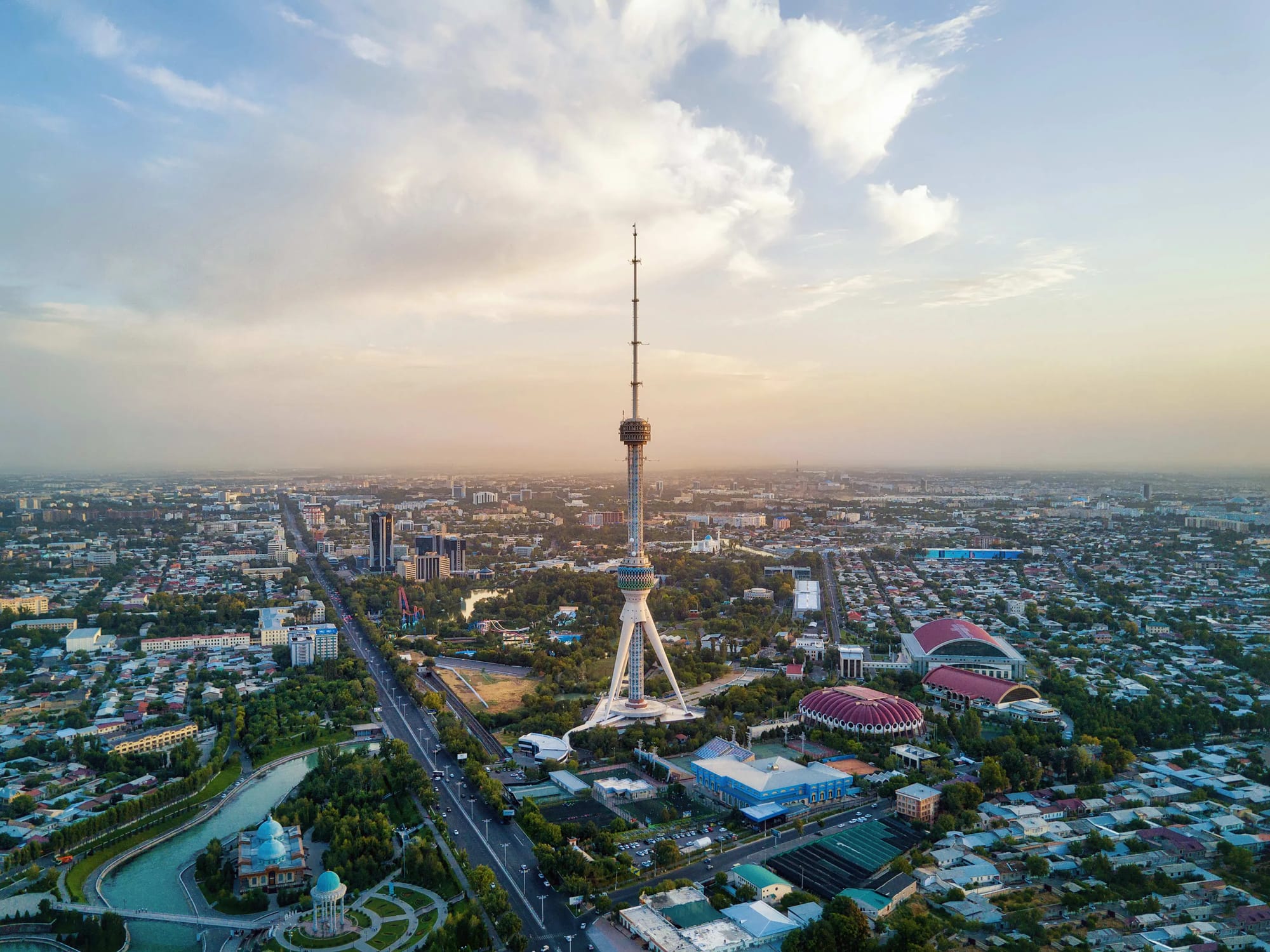
Radhika leaned back in her chair, staring at the vibrant images of Uzbekistan on her laptop screen. The intricate patterns of the Registan Square, the bustling markets, and most of all, the tantalizing pictures of Plov and Samsa called out to her. As a food blogger, her life revolved around discovering flavours, but Central Asian cuisine had always been her white whale. She’d spent years yearning to taste the delicate spices of Uzbekistan, and now, with her blog thriving and an itch to travel solo, she decided it was time to turn her culinary dreams into reality.
She booked her food-focused trip through Thrillophilia, drawn by their promise of a seamless and immersive experience. Little did she know that this trip would be more than just about food — it would be a journey into the soul of Uzbekistan and its people.
The Spice Symphony of Chorsu Bazaar
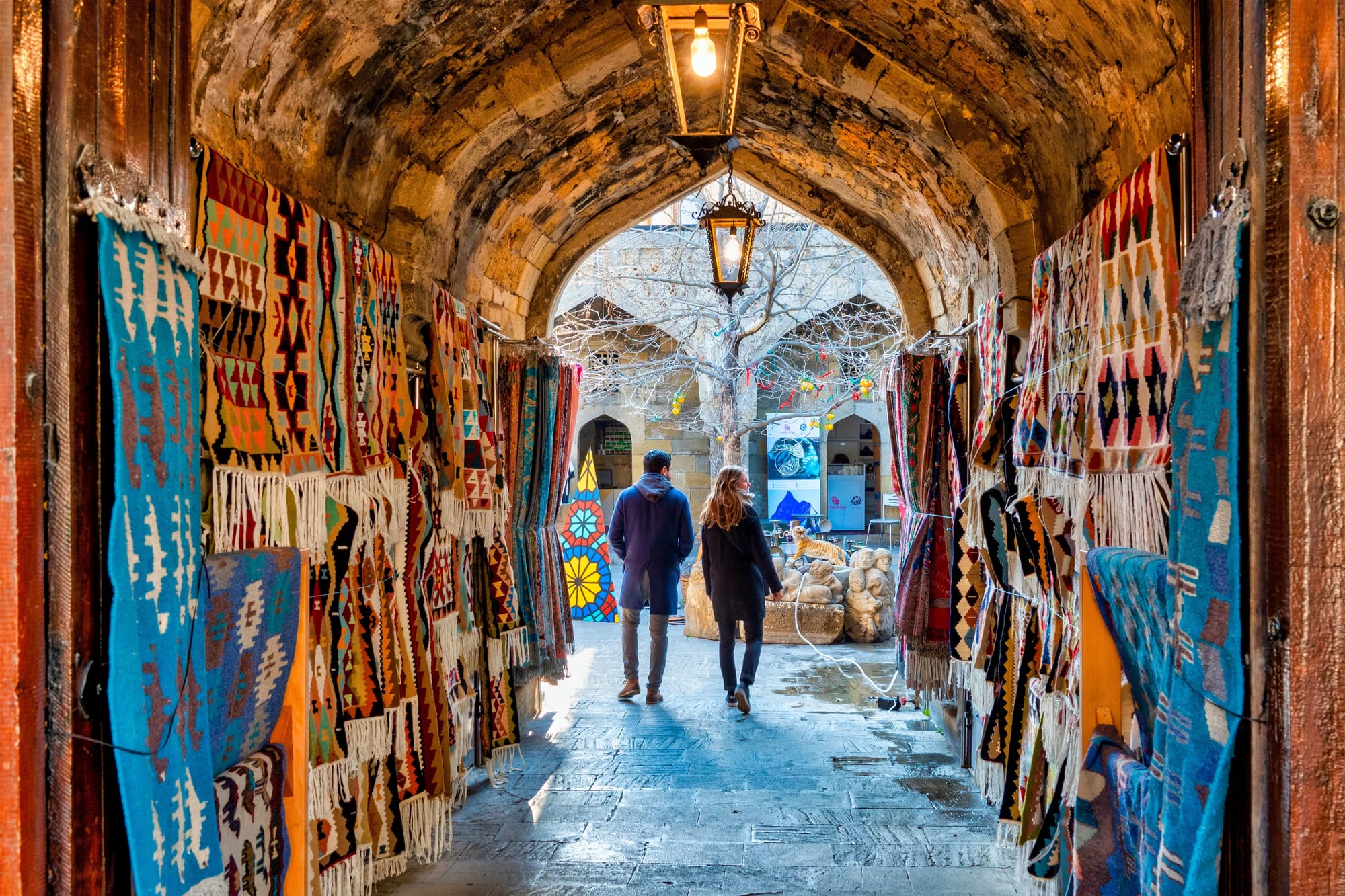
The first stop on her culinary quest was Tashkent’s legendary Chorsu Bazaar. Stepping into the market, Radhika was overwhelmed by the explosion of colors and aromas. Mounds of dried apricots and figs glistened in the sunlight, while spices — cumin, coriander, and saffron — filled the air with their heady fragrance.
A local vendor, Aziz, noticed her snapping photos of his spice stall and beckoned her over. “You like cumin? Best cumin in all of Uzbekistan!” he boasted with a grin. Intrigued, Radhika struck up a conversation with Aziz, who regaled her with stories of how his family had been spice merchants for generations. He handed her a small pouch of cumin and said, “For your plov adventures. A gift for a curious soul.”
Later, as she bit into her first Samsa, a flaky pastry stuffed with spiced meat, she couldn’t help but moan in delight. “This is what perfection tastes like,” she murmured to herself, already scribbling notes for her blog.
Learning the Art of Plov in Samarkand
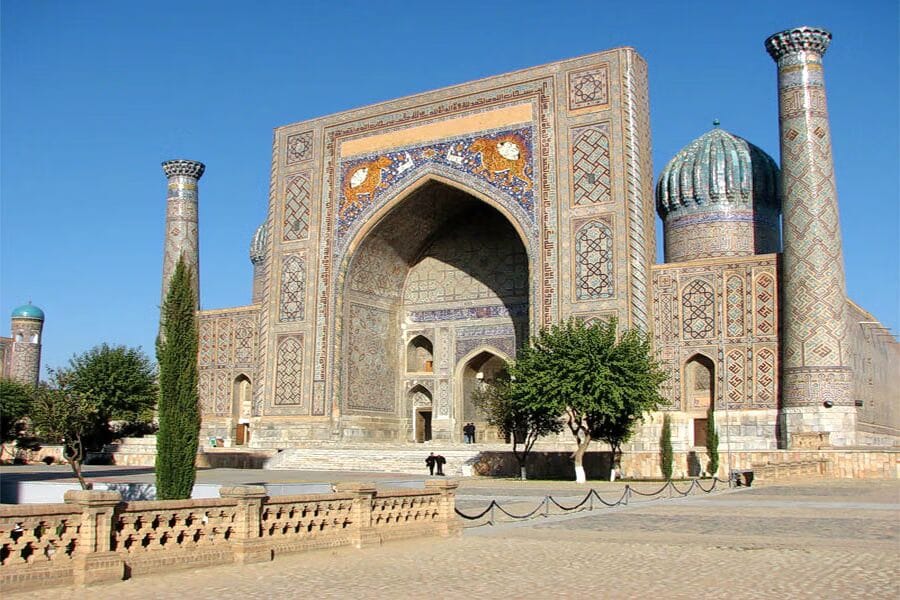
In Samarkand, Radhika’s dream of mastering Uzbekistan’s national dish, plov, came true in the most unexpected way. While exploring the city’s winding streets, she stumbled upon a tiny family-run chaikhana (tea house). An elderly woman, Zaynab, was seated outside, peeling carrots with precision. Drawn by the sight, Radhika introduced herself and expressed her love for Plov.
Zaynab’s eyes lit up. “You love plov? Come, help me make it,” she said in broken English, motioning her inside.
Radhika spent the afternoon in Zaynab’s kitchen, learning the secrets of the perfect plov. From frying onions to the right shade of golden brown to layering meat, rice, and carrots in a kazan (traditional cauldron), every step felt like a ritual. As they cooked, Zaynab shared stories of preparing plov for weddings and feasts, her voice filled with pride.
When the dish was finally ready, Zaynab’s family joined them at the table. As Radhika took her first bite, the flavours of the cumin, coriander, and tender lamb danced on her palate. “This is magic,” she whispered. Zaynab smiled and patted her hand. “Food is love, my dear. That is the secret.”
Bread and Kindness in Bukhara
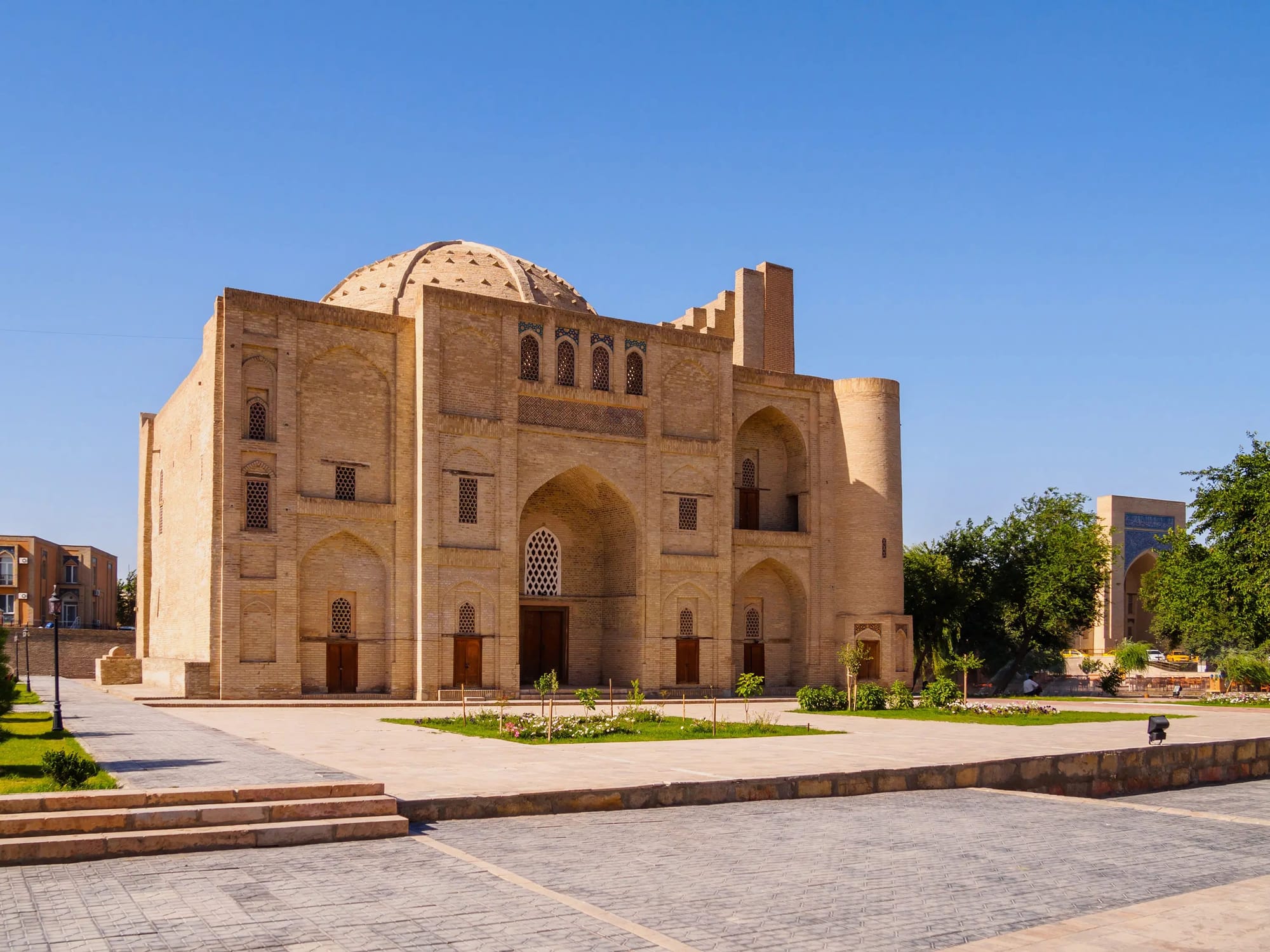
The ancient city of Bukhara greeted Radhika with its serene beauty and warm hospitality. One morning, she wandered into a small bakery after catching the irresistible aroma of fresh bread wafting through the air. Inside, bakers were skillfully shaping dough and placing it into a clay tandoor oven.
She struck up a conversation with one of the bakers, a jovial man named Ismat. “Would you like to try?” he asked, handing her a piece of dough. Nervously, Radhika imitated his technique, pressing patterns into the dough with a special tool. “Not bad for your first time!” Ismat chuckled.
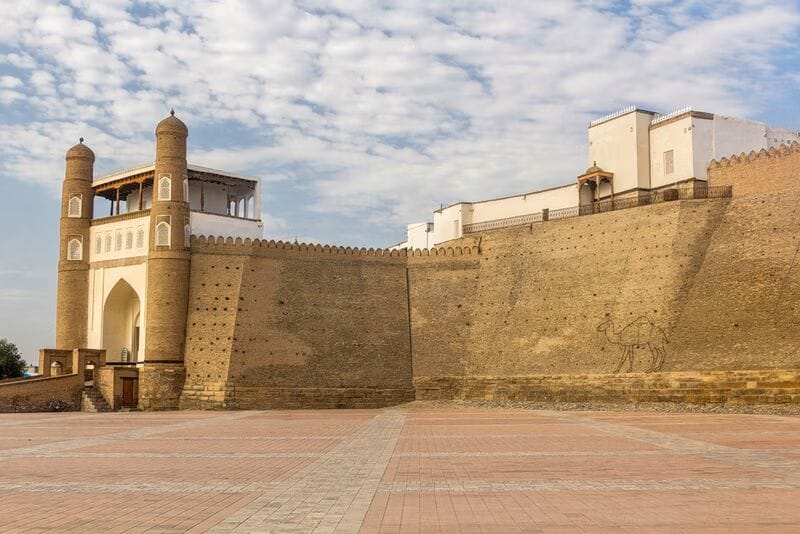
When the bread emerged from the tandoor, golden and fragrant, Radhika tore off a piece and tasted it. It was warm, slightly smoky, and utterly divine. She couldn’t resist asking, “What makes it taste so special?” Ismat smiled and replied, “It’s not just flour and water. It’s the love and patience we put into it.”
Later, Ismat’s wife invited her to join their family for lunch, where she savoured more traditional dishes, like shashlik (grilled meat skewers) and Lagman (hand-pulled noodle soup). As they shared stories and laughter, Radhika felt a profound connection to these strangers who had welcomed her as one of their own.
The Midnight Feast in Khiva
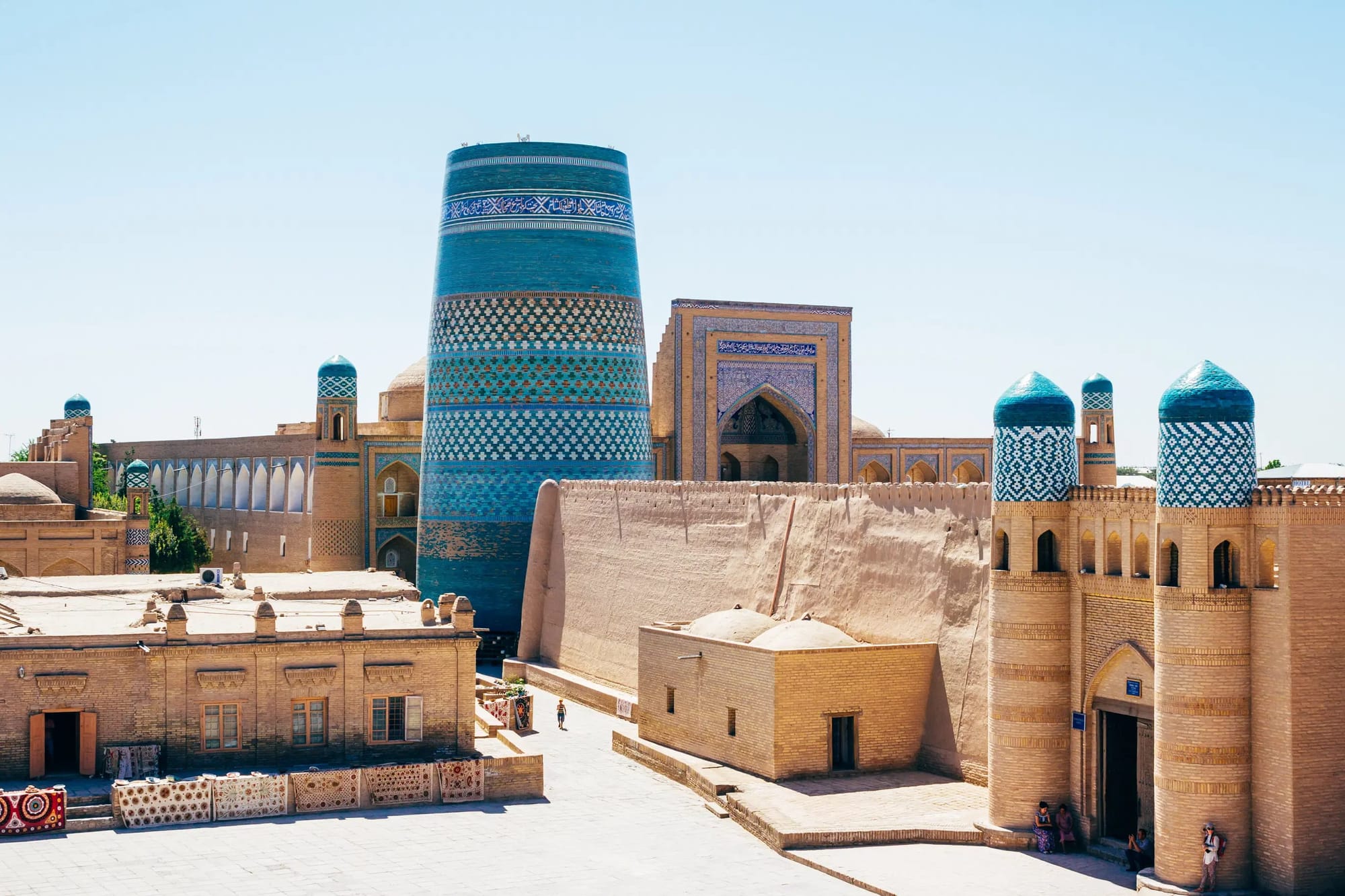
Khiva, with its fairytale-like walled city, was the final leg of Radhika’s journey. On her last night, her guide, Murad, surprised her with an impromptu feast under the stars. A group of locals had prepared a traditional spread in the courtyard of a centuries-old caravanserai.
Radhika marvelled at the spread: bowls of freshly made yoghurt, tangy pickles, kebabs sizzling on an open fire, and, of course, a massive platter of plov. As the group ate and exchanged stories, someone began playing a dombra (a traditional string instrument), and a few locals broke into dance.
Caught up in the magic of the moment, Radhika joined the dancing, laughing and twirling under the moonlight. “This,” she thought, “is why I travel. For moments like these, where food and culture bring strangers together like family.”
A Farewell with a Full Heart
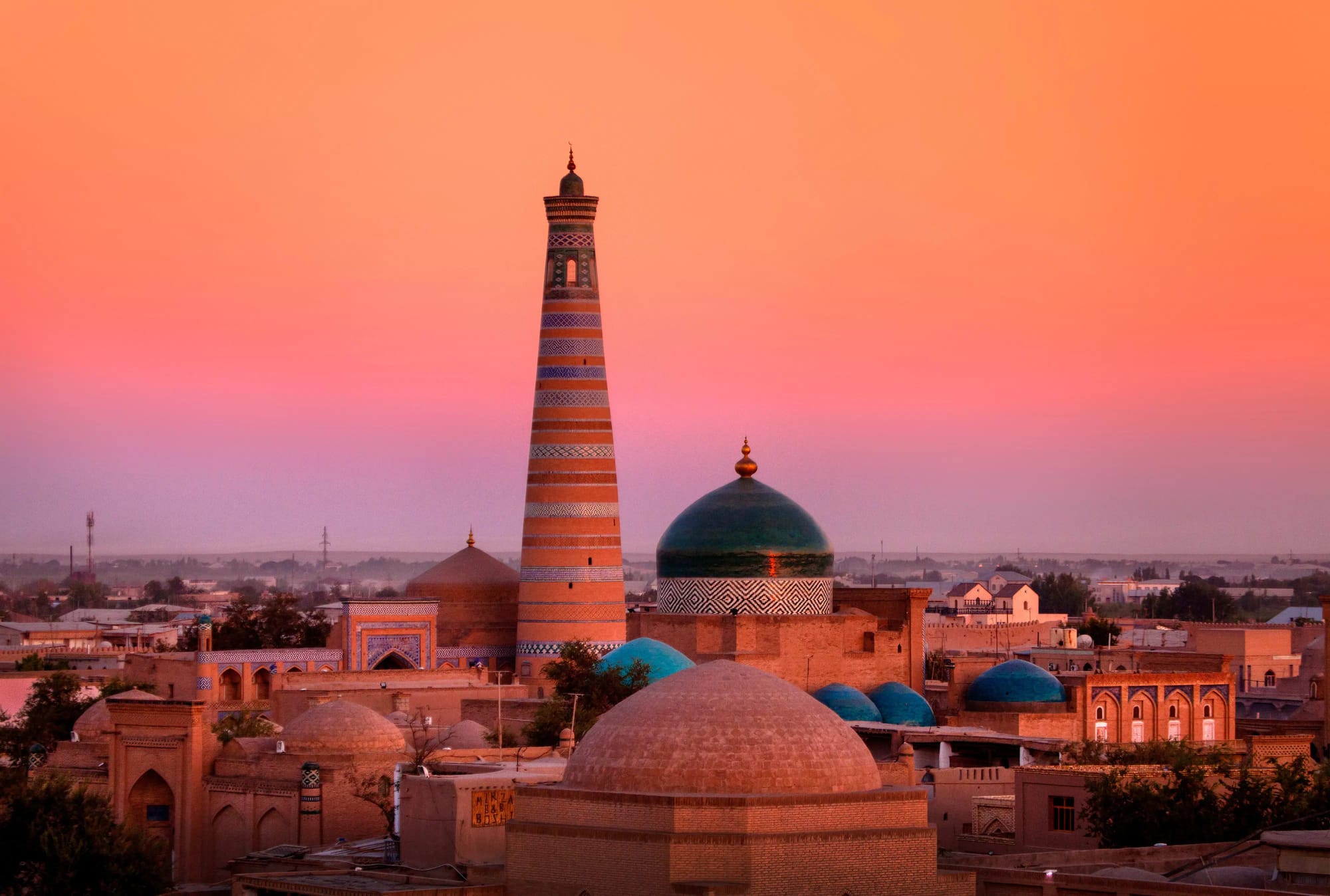
As Radhika boarded her flight back home, she felt a bittersweet ache in her chest. Uzbekistan had not only satisfied her culinary cravings but had also touched her soul in ways she hadn’t anticipated. The kindness of strangers, the stories shared over meals, and the deep connection to the land’s history had left an indelible mark on her.
She opened her notebook to jot down the final words for her blog: “Uzbekistan isn’t just a feast for the senses — it’s a feast for the soul. From the markets of Tashkent to the kitchens of Samarkand, every bite, every aroma, every story is a reminder that food is the universal language of love.”
With a smile, she closed her notebook, ready to share her journey with the world. And in her heart, she knew she would return to Uzbekistan someday, not just for its flavours but for the people who made it unforgettable.
Read More: Thrillophilia Uzbekistan Reviews